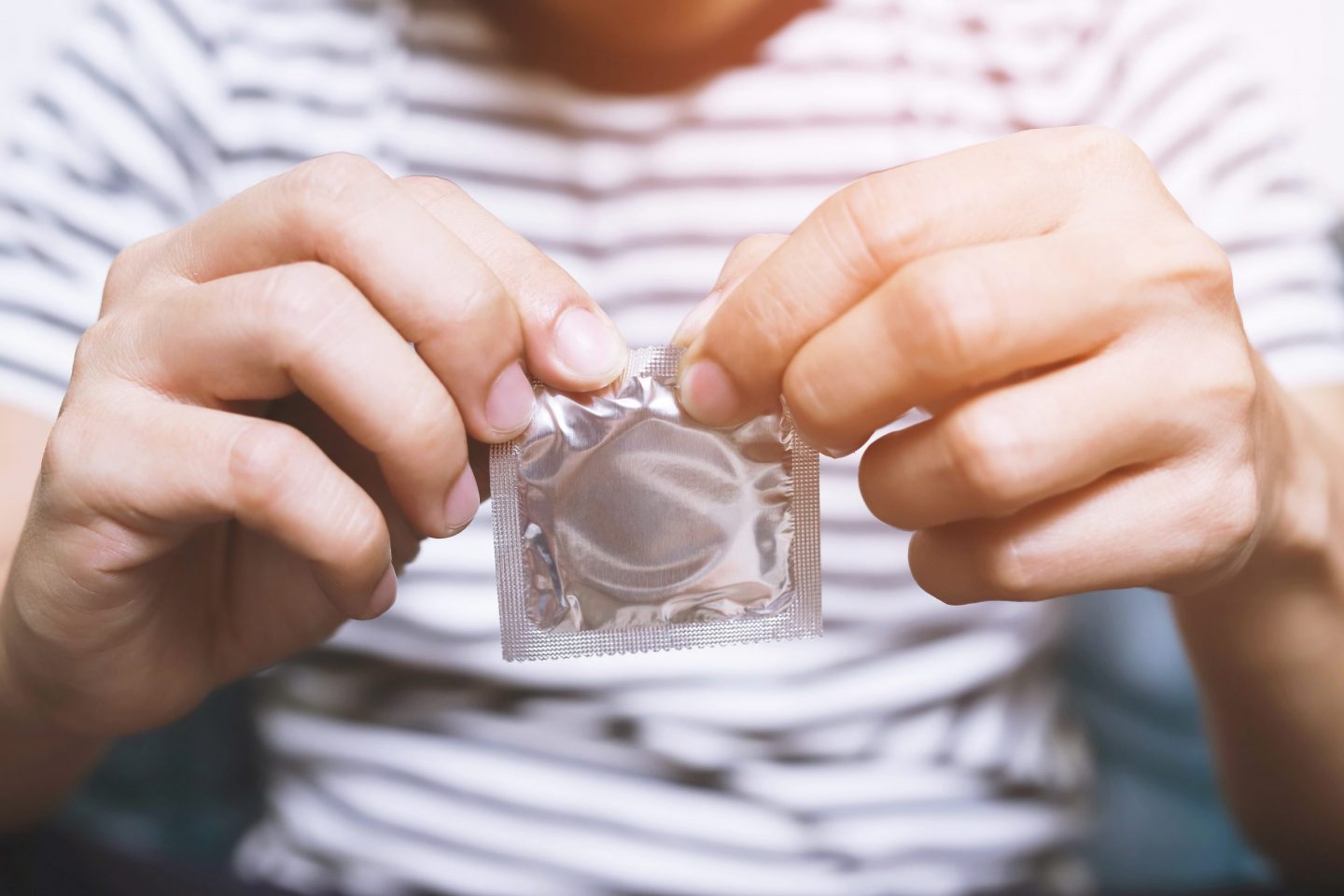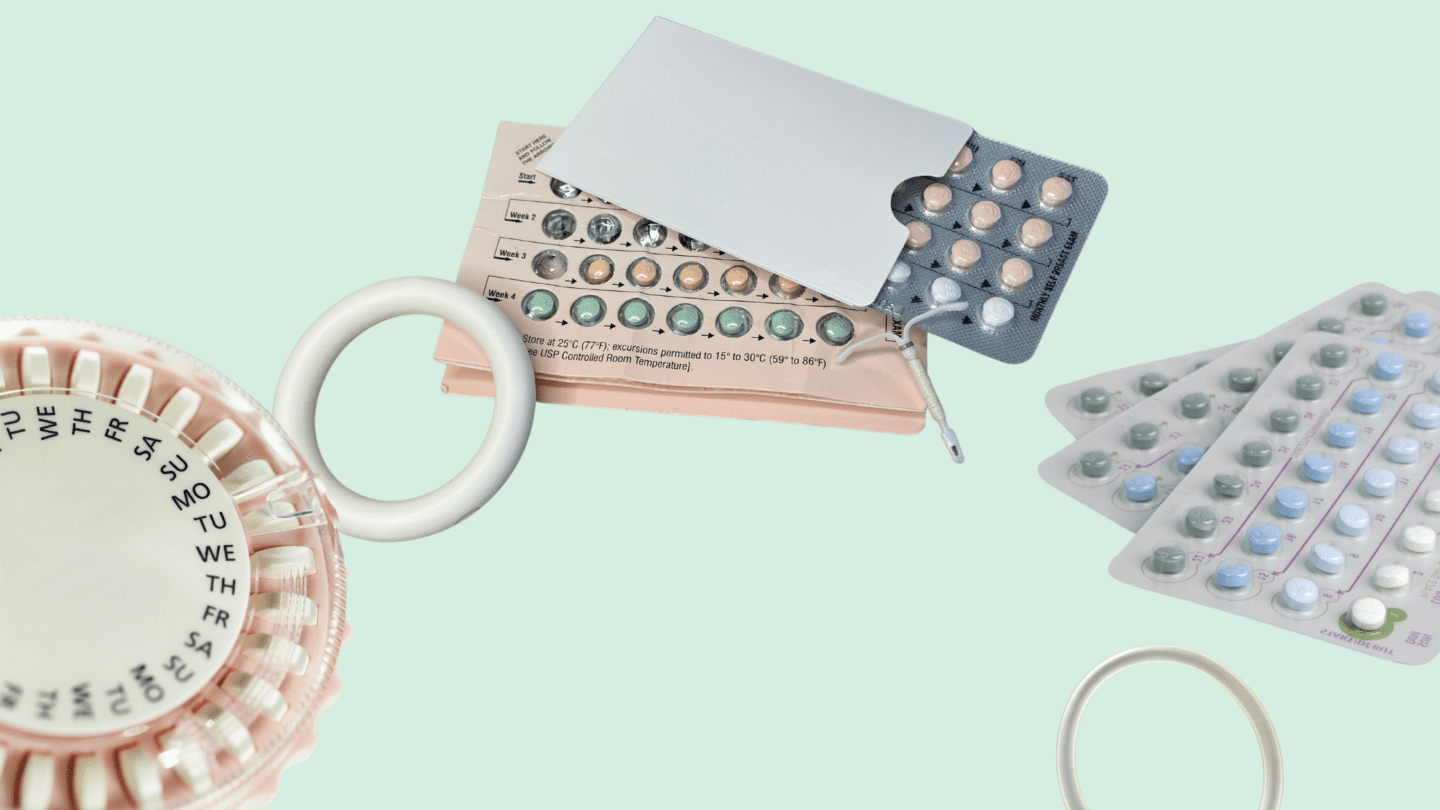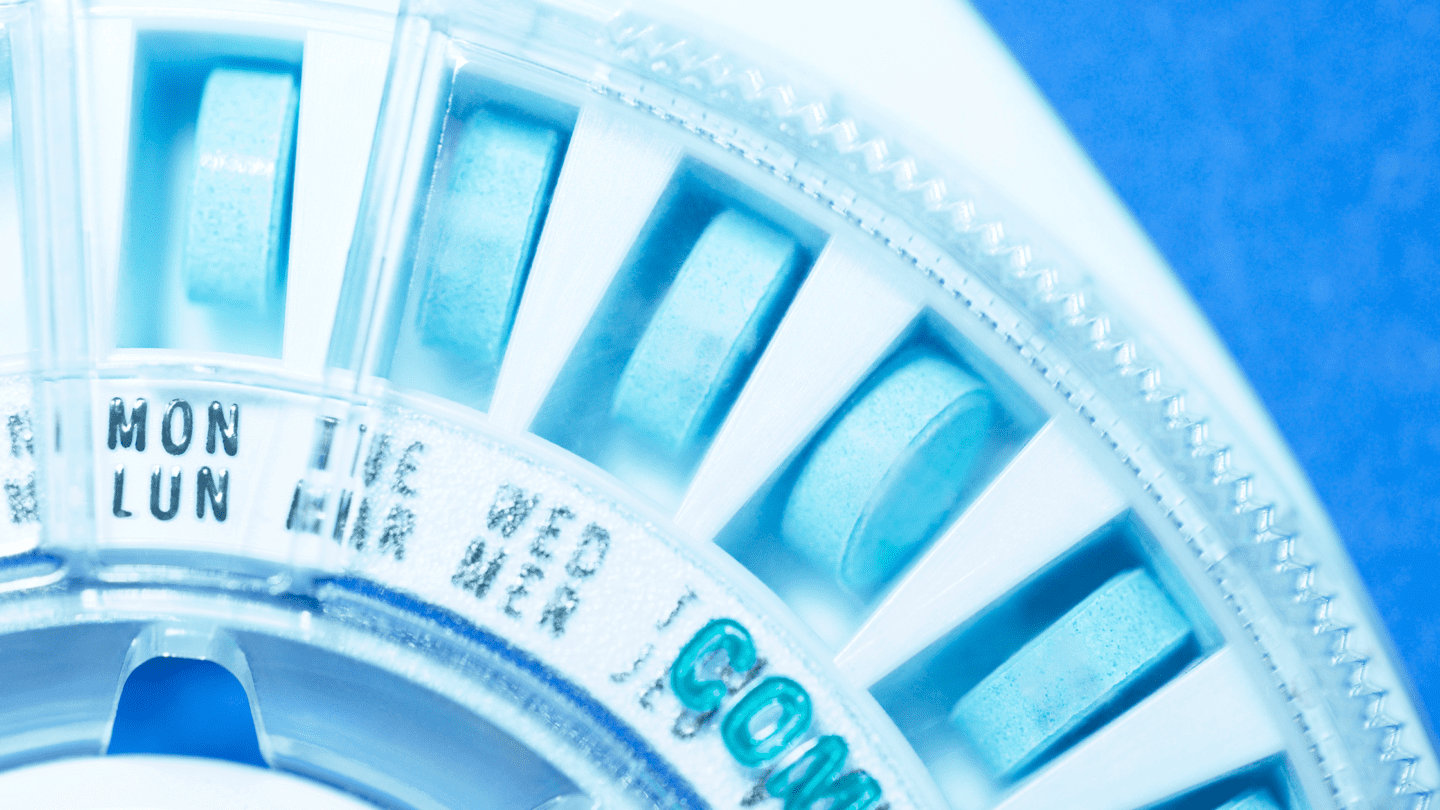Does Prevent STDs?
When you’re using , are you protected from sexually transmitted diseases (STDs)? It’s a common question, and it’s also a really important one to ask if you’re sexually active or thinking of becoming sexually active. STDs can be painful, can make you feel embarrassed, and can infect any other people you may come into sexual contact with.
Thankfully, there’s a simple answer to the question. Condoms protect against STDs, when used correctly. All other forms of do not.1
So if you’re using another type of contraceptive like the pill or an IUD, you should make sure to use a condom when you’re having sex with a new partner or with anyone who hasn’t been tested recently. And it’s always a good idea to get tested regularly yourself.
Is adyn right for you? Take the quiz.
What Are STDs and STIs?
A sexually transmitted disease (STD) is a disease that can be passed through sexual contact, including vaginal, oral, and anal sex, as well as things that aren’t sex but involve intimate contact between skin, genitals, and/or mouths.
You’ll often see the term sexually transmitted infection (STI) used, too. An infection is when a bacteria, virus, or other pathogen gets inside your body, while a disease is the symptoms you experience as a result of that infection.1 Doctors have been advocating for the term STI because many people never experience symptoms when they get infected with sexually transmitted bacteria and viruses, which means they never actually get the disease.2 That could mean you pass the infection on to others unknowingly.
There are dozens of STDs out there, though some are more common and more well-known than others. The list includes things like gonorrhea, chlamydia, syphilis, HIV, pubic lice, as well as lesser-known diseases like trichomoniasis and lymphogranuloma venereum. Some diseases, like Zika and Ebola, can be passed through sexual contact as well, though they also spread through other means.
Around one in five Americans has an STI.
The Centers for Disease Control and Prevention estimates that around one in five Americans has an STI. As of 2018, CDC data show around 68 million people had an STI, with 26 million new cases that year alone.3 And recent years have seen an increasing number of infections. For example, the rates of syphilis, gonorrhea and chlamydia infections in the U.S. have been steadily rising over the past decade.4
What Forms of Prevent STDs?
Condoms, whether male or female and whether made from latex or polyurethane, prevent STDs and STIs.1 Other barrier methods, like dental dams used for oral sex, are also effective. Male condoms are also 98 percent effective at preventing pregnancies with perfect use, making them highly effective .5
For STIs, using a condom correctly means that all parts of the penis or are covered so that they can’t come in contact with your partner’s skin.1 Make sure a male condom is rolled down all the way over the penis, and that the outer ring of a female condom stays outside the .
Both latex and non-latex condoms are equally effective at preventing STIs.
The only kind that won’t offer full protection against STIs are lambskin condoms, or natural skin condoms. These are made from the intestinal lining of sheep, and they can offer more sensitivity than regular condoms. But while lambskin condoms do a good job of blocking sperm, they can let viruses, which are much smaller, slip through.6
There’s evidence that some STIs can be transmitted even when a condom is used correctly. For example, a review comparing multiple individual studies of condom use and Human Papillomavirus (HPV) transmission found that the disease was still transmitted sometimes, even when a condom was used correctly.7 That’s because the HPV virus can live in places near the genitals that condoms can’t cover.8 Even so, condoms are still highly effective at preventing STIs.
Like what you’re reading? Get the latest straight to your inbox 💌
Other types of , like hormonal pills, patches, shots, or IUDs, prevent pregnancies and can be used to help treat other conditions, like heavy or irregular menstrual bleeding, period pain and acne.9 But because they don’t cover up the genitals like condoms do, they can’t protect you from STIs.
You can also get vaccinated against some kinds of STIs. There are vaccines available for HPV10 and hepatitis B,11 though the HPV vaccine isn’t often recommended for adults over 26.
How to Prevent STIs and STDs
Using a condom every time you’re with a partner whose STI status you’re not sure about is the best thing you can do to keep from getting infected. Getting tested regularly if you’re sexually active is also a good idea, both so you can get treatment if you do test positive and so that you don’t pass an STI on to anyone else.
When using a condom:
- Don’t tear them open with anything sharp, like your teeth or scissors — it’s easy to break them that way1
- Make sure condoms cover the entire penis or , and put one on before any sexual contact occurs1
- Check to make sure the condoms you’re using haven’t expired
- Store condoms in a cool, dry place, which makes sure they don’t break down prematurely
If you think you may have an STI, or might have been exposed to one, tell your doctor as soon as possible. Most STIs are completely treatable today with medication.
To keep learning about your sexual health and wellness, check out the rest of our blog and follow us on TikTok!
-
- Workowski, Kimberly A et al. “Sexually Transmitted Infections Treatment Guidelines, 2021.” MMWR. Recommendations and reports : Morbidity and mortality weekly report. Recommendations and reports vol. 70,4 1-187. 23 Jul. 2021.
- Bezold, Guntram et al. “Prevalence of sexually transmissible pathogens in semen from asymptomatic male infertility patients with and without leukocytospermia.” Fertility and Sterility vol. 87,5 (2007): 1087-97.
- CDC. “Sexually Transmitted Infections Prevalence, Incidence, and Cost Estimates in the United States.” Page updated 2021 Feb 19. Last accessed 2022 Jan 21.
- CDC. “Table 1. Sexually Transmitted Diseases – Reported Cases and Rates of Reported Cases*, United States, 1941-2019.” Page updated 2021 Apr 13. Last accessed 2022 Jan 21.
- CDC. “Appendix D: Contraceptive Effectiveness Recommendations and Reports.” Morbidity and Mortality Weekly Report (MMWR). (2014 April 25): 63(RR04);47-47.
- Lytle, C D et al. “Virus leakage through natural membrane condoms.” Sexually Transmitted Diseases vol. 17,2 (1990): 58-62.
- Lam, Janni Uyen Hoa et al. “Condom use in prevention of Human Papillomavirus infections and cervical neoplasia: systematic review of longitudinal studies.” Journal of Medical Screening vol. 21,1 (2014): 38-50.
- Poljak, Mario et al. “Anogenital hairs are an important reservoir of alpha-papillomaviruses in patients with genital warts.” The Journal of Infectious Diseases vol. 199,9 (2009): 1270-4.
- King, Joyce. “Noncontraceptive uses of hormonal contraception.” Journal of Midwifery & Women’s Health 56.6 (2011): 628-635.
- CDC. “HPV Vaccine.” Last updated 2021 Jul 23. Last accessed 2022 Jan 21.
- CDC. “Hepatitis B Questions and Answers for the Public.” Last updated 2020 Jul 26. Last accessed 2022 Jan 21.








